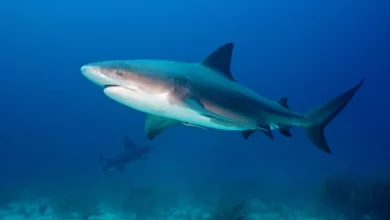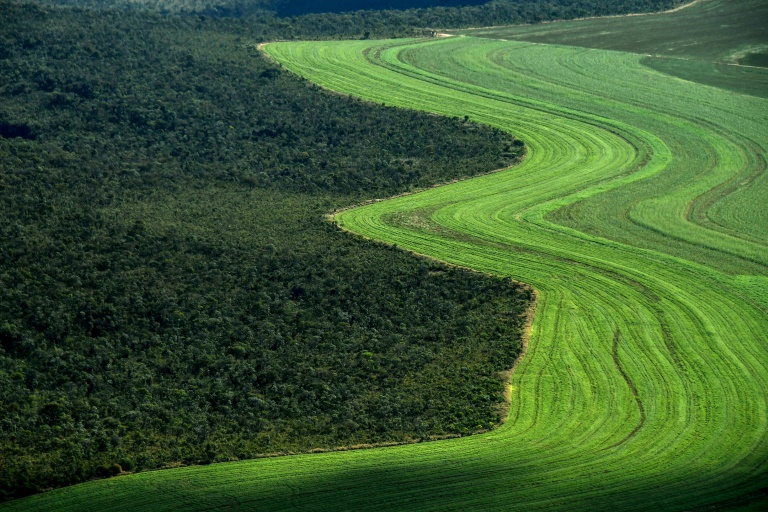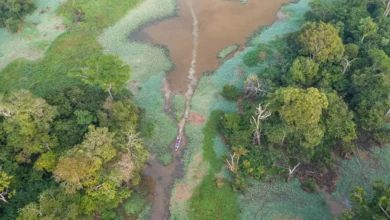Sharm el-Sheikh–Empty beaches, frustrated tourists, anxious authorities, visiting shark experts, and a shark at large all serve as uncomfortable reminders of a Hollywood film.
In less than two weeks, Sharm el-Sheikh has seen five shark attacks–one fatal–on surface swimmers and snorkelers. This is an especially alarming figure given that over the past 20 years Egypt has experienced 14 shark attacks, three of them fatal.
In both the real world and in cinema, a spate of shark attacks threatens the sense of security in a normally thriving and leisurely tourist destination. The perpetrator in the famed movie "Jaws" was a deranged great white shark. The problem ends when he spectacularly explodes in a post-climatic resolution of the man versus nature plot. In reality, however, it is not easy to trace the root of the recent attacks to a single cause.
“Science is not black and white," said Dr. George Burgess, a US shark expert and director of the International Shark Attack File who is investigating the attacks. "There are so many factors such as the sharks’ behavior, human impact, environmental considerations, and (probability) that we need to take into account before definitively determining the causal factors behind the shark attacks."
The general consensus among marine biologists and shark experts is that the Sharm el-Sheikh attacks did not occur in a vacuum.
“When you have these many shark attacks in such a short period of time, there must have been something to incite it. It does not conform to normal shark behavior in the least bit,” Burgess said.
Since 1580, only 2,127 shark attacks on human beings have been recorded, according to Dr. Mohamed Fouda assistant to Egypt’s Environment Minister. “Sharks do not naturally prey on human beings, but are sometimes attracted to the smell of blood, or mistake them for something else when they see them swimming on the surface,” he said.
Speaking on behalf of the team of American and Egyptian experts recruited to investigate the attacks, General Abdel Fadil Shousha outlined the possible natural and human factors that may have incited the attacks.
He highlighted actions such as the illegal dumping of animal carcasses in the sea, illegal overfishing, and localized baiting of sharks and other marine life to attract them for tourists, as possible causes. The abnormally hot summer and subsequently warmer waters that Sharm saw this year may have also played a part.
For Burgess, one of these potential causes stands out more than the rest, “…the boat that was caught dumping dead sheep nearby a couple of months ago. Something like that can definitely tamper with the feeding habits of sharks and help change their behavior.”
Burgess also believes warmer-than-usual water temperatures might help explain the proximity of the sharks to the shore during this time of year, as they are known to prefer warmer waters.
Shousha has said that of the five attacks, the first and the fourth were by a mako shark that was hunted and killed, while the other attacks were by an oceanic white tip that remains at large. The female oceanic white tip has been seen numerous times between the areas of Ras Mohammed National Park and Naema Bay.
Oceanic white tips, though more confident and inquisitive than most sharks, do not typically seek humans as food. Despite there being a history of disparate attacks by the shark species –more than most other types of sharks–some experts see a unique feature in the behavior of this specific shark.
“The severity of the attacks and the amount of human tissue taken…indicates a clear deviation of the normal behavior of an oceanic white tip shark. Instead of briefly grabbing for testing or tasting purposes, this female apparently considers human swimmers as a potential food source,” said the environment watchdog Hurghada Environmental Protection and Conservation Association (HEPCA) in a recent report.
Despite oceanic white tips being one of the most widely researched and easily recognizable sharks in the world–with their broad, large, rounded, white-tipped dorsal–a lot is yet to be understood about their behavior in the Red Sea.
“One of the biggest drawbacks for us [scientists] here is that not enough research on the movement of sharks in the Red Sea has been conducted," Burgess said. "We especially don’t know much about their movement.”
HEPCA is undergoing a project to address the lack of data on oceanic white tips, specifically in the Red Sea.
Before all of the shark and environmental research is made available, which will likely be a lengthy process, the teams of experts, as well as many local organizations, are looking for immediate solutions to the environmental concerns that may have instigated the sharks’ behavior.
"Human tampering has disrupted the natural equilibrium in the environment,” said Mohamed Elgohary, head of the Scientific Committee of the Egyptian Diving and Lifesaving Federation. He believes that even many legal activities, such as extensive scuba diving and some cases of fishing, are not correctly managed to maintain balance in the marine food chain.
The Chamber of Diving and Water Sports released a statement insisting that it considers the sharks victims in this scenario as well, and that their preservation is embedded within the desire to maintain (or return to) a stable and sound marine life.
Burgess and the team will release their report after a week of investigations, but he is eager to continue researching sharks in the Red Sea even after the group's work is officially finished.
The initial report may spur Egypt into maintaining the Red Sea, one of its natural treasures, by taking more stringent measures against the aforementioned violations, whether or not they caused the shark behavior.
As for the shark behavior specifically, scientists may have to wait years before they fully understand what Burgess says are the most unique shark attacks in his 30 years of experience.




